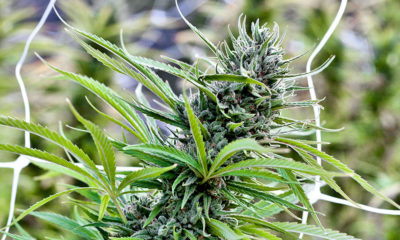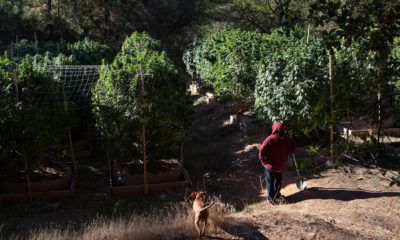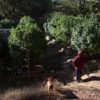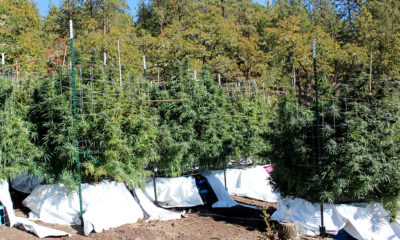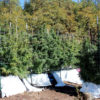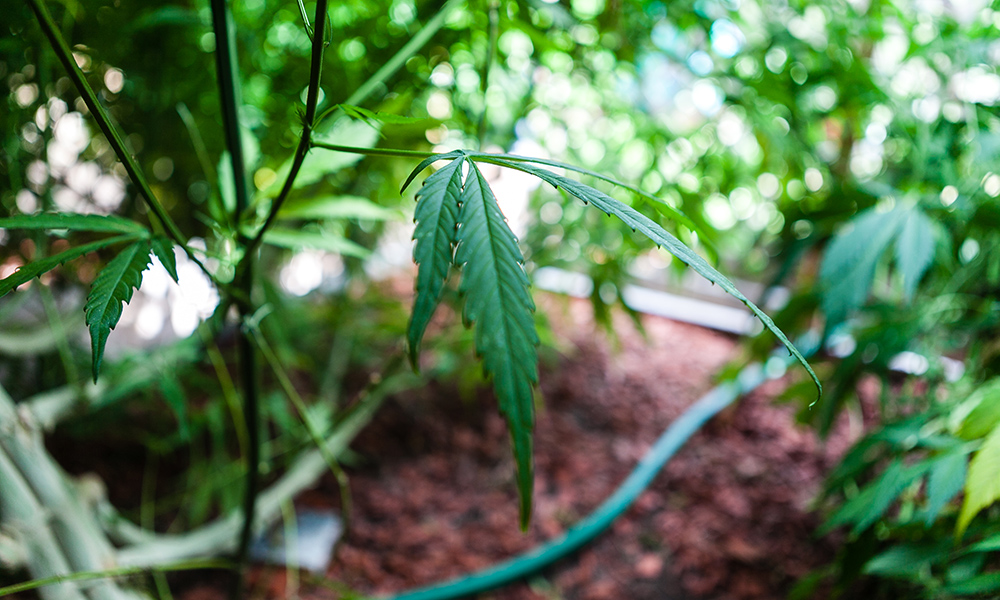
Cultivation
Becoming a Marijuana Farmer
Growing cannabis for the first time can alter a relationship with the plant.
In November 2012, my Colorado neighbors and I voted to legalize adult-use cannabis.
The following month, Gov. John Hickenlooper signed Amendment 64 into the state constitution, immediately legalizing the cultivation, possession and use of marijuana – though the legal sales would take more than a year to begin.
Shortly after Hickenlooper’s historic signature, I found myself wanting to grow cannabis for the first time. I hardly have a green thumb, but how many times have I heard the adage, “It grows like a weed?”
But does it really?
There seemed to be a disconnect. If cannabis sprouts as automatically and wildly as the lovely-but-noxious morning glory vines growing along the side of my house, why is there a need for a multimillion-dollar nutrients market? Why are we still arguing about light spectrums and growing mediums when, let’s be real, we see weeds surviving and even thriving in the most unlikely and impossible of places?
With marijuana finally legal for the first time in modern history, and with cannabis surpassing alcohol as my personal intoxicant of choice, it was time to grow my first plant. But instead of reaching out to my master grower pals or seeking the advice of cultivation experts, I wanted to do this on my own terms.
I wanted this plant to serve as an experiment of sorts in my own home laboratory, and I wanted to answer the age-old question: Does weed legitimately grow like a weed?
Finding the Plant
There’s a modest, no-frills medical marijuana shop near my home that I sometimes frequent. The staff is always friendly; you’re met with a cold beverage of your choice upon check-in and I appreciate their edibles selection.
When I stopped by early this last summer and noticed their empty clone counter I asked where all their plants were.
“They always sell so fast,” the budtender replied.
On my next visit a month later, I noticed their picked-over selection of clones, the baby plants that are almost unrecognizable as cannabis. I asked the woman behind the counter about her favorite sativa-dominant strain, and a few minutes later I was walking home with a replenished edibles supply and a fragile little plant that seemed as if it might snap in half in the light afternoon wind.
A few hours later I went to the backyard with purpose. I gently took the plant out of its plastic flat. I dug a shovel deep into a random patch of soil and merged the plant and the soil into a disposable Solo cup.
After feeding it some water from the kitchen faucet, I set the tiny clone on the south-facing kitchen windowsill alongside a houseplant that has thrived in that spot for years.
When my wife came home later that evening, she immediately commented on our new house plant and named her Shelby.
And just like that we became marijauna farmers.
Details of the Experiment
One of my favorite things about musician Jack White — and there are many — is his penchant for limiting himself in the name of art. He intentionally avoided guitar solos entirely on one White Stripes record, while another recording session had him using only antique instruments and gear. He famously created the oft-imitated Seven Nation Army bassline, not with a bass guitar, but with a heavily modified semi-acoustic hollow body guitar.
With Shelby, I too played by my own set of rules: I would plant her in soil dug up from my backyard, I would feed her only water and she would exist on whatever sunlight we could manage – mostly what she took in from the windowsill, though sometimes we’d set her out back to soak up more direct rays.
No special soil or compost tea. No nutrients or grow lights.
This hyper-basic construct was more than enough to fuel the growth of weeds throughout my yard. But was it enough for this particular weed?
Shelby did grow in those first weeks and months. When I first carried her home that afternoon she stood a proud 3 inches tall. Soon her stalk changed from a light green to a sturdier brown, and her size had doubled. Teeny flowers started to develop as she started pushing 9 inches, warranting a bigger pot, and her buds became more defined when she reached the 12-inch mark.
And while observing her evolution was incredibly gratifying, it was also clear to me – and painfully, hilariously clear to my friends who cultivate professionally – that Shelby was wanting for more. She wanted a more consistent light source. She wanted better food and vitamins. She was happy and green and flowering, sure, but she was far from thriving, as evidenced by her stunted size.
As fall began to settle in, Shelby felt the seasonal changes more than I did. She almost drooped with seasonal depression as her excursions outside became less frequent and as the days became shorter. At 13 inches tall, she was but a shadow of the magnificent plants I’ve seen in legal indoor cultivations throughout the legal world. When compared to the giant 12-footers in Humboldt and Mendo, she was merely an ant.
Weed does not grow like a weed, as it turns out, but there’s something more important to be learned from my experience.
An Unexpected Lesson
Something unexpected happened in those months of caring for Shelby. As I was sticking a knuckle into the soil each morning – sometimes watering her and sometimes not, sometimes taking her out to sunbathe and other times leaving her in the kitchen window – I connected with her, and with cannabis, on a different level than I ever had before.
Instead of identifying myself as a consumer of marijuana products, I was now growing the plant itself. I was planning a modest harvest and thinking about how I’d grow my next crop differently.
I was a marijuana farmer.
Of course it makes sense. If you grow anything, you develop a deeper relationship with it. The pride of eating and sharing the cucumbers and tomatoes from your own garden exists for a reason, and that pride is of course shared by professional cannabis cultivators and home-growers alike.
While I didn’t expect this deepened relationship with cannabis from growing only one plant, I’m embracing it. It’s a powerful reminder of this being a product of nature, and even if marijuana doesn’t grow as simply as a weed, its simple complexity is something that will surely make this a future hobby in my home.
Originally published in the print edition of Cannabis Now. LEARN MORE
TELL US, have you tried your hand at marijuana farming?







